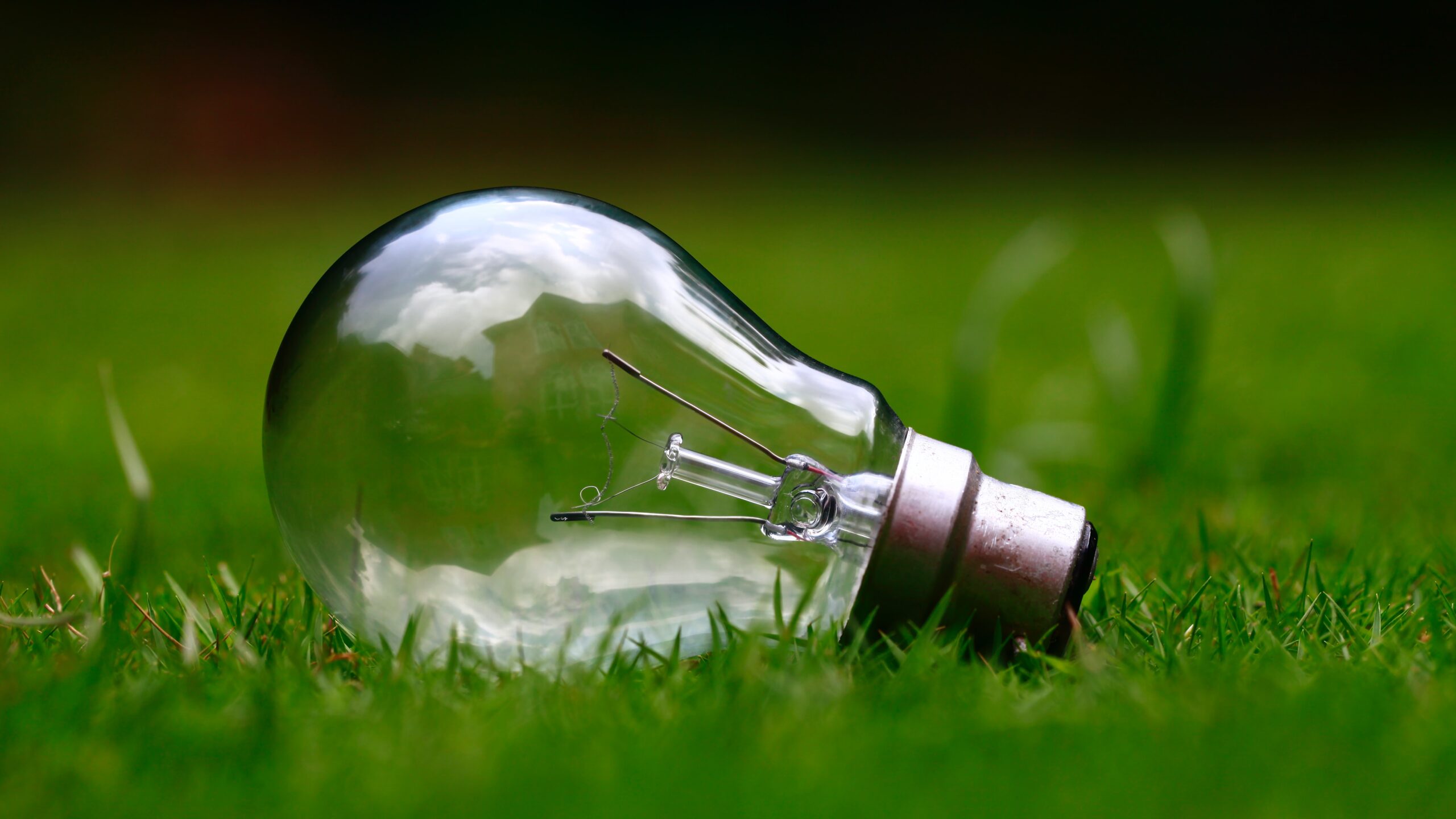A report by a Teesside-headquartered energy analyst has revealed that France was the biggest net exporter of power in Europe last year due to low demand and the return of much of the country’s nuclear fleet.
The report by energy data analyst Montel EnAppSys, which is based in Stockton-on-Tees, showed that in 2023 France exported almost 50TWh more than it imported after being a net importer the previous year for the first time in more than 40 years.
The report describes the value of imports and exports in Europe during the last six months of the year, and compares it with data from the first half of 2023. France’s total net exports amounted to 31.1TWh in the second half of the year, with most of the power flowing to Germany (8TWh) and Italy (8TWh). In the first six months of 2023, France’s net exports totalled 17.6TWh.
These figures meant that France was comfortably the biggest net exporter over the year, ahead of Sweden (28.6TWh) in second place.
Clement Bouilloux, senior analyst at Montel EnAppSys, said: “Low demand and the fact that much of France’s nuclear fleet came back online were key factors in the country’s rise to the top of Europe’s net power export table over the course of last year.
“However, France’s additional net exports of 13.5TWh in H2 2023 compared to H1 2023 can be explained more by low demand than the recovery of its nuclear fleet. The production of electricity was stable throughout the year despite more than 50GW of nuclear availability in December 2023 compared to 46GW in February. In H2 2023, France consumed less power (18TWh) than in H1 2023, which meant it had more scope to send power to other countries at times when they needed it. Structurally, the second half of the year in France is always affected by lower demand, particularly in the summer holidays, and last year saw extremely low demand from July 14 to August 15.
“With the warm temperatures experienced from October to December, demand continued to be very low throughout the remainder of the year. As a result, France was able to export low C02 electricity to the whole of Europe.”
Sweden remained second highest net exporter of power in the second half of the year, sending 14TWh of power to other countries, while Norway overtook Spain to be the third highest net exporter with total net exports of 9.6TWh. Netherlands followed closely with 8.8TWh of net exports.
Jean-Paul Harreman, director of Montel EnAppSys BV, said: “Norway overtook Spain mainly because France did not need so much imported electricity anymore. The return of the nuclear fleet, although far from complete, reduced the need for France to use imports. Norway on the other hand, saw a wet summer and autumn, resulting in a surplus of hydro. The hydro reservoirs produced power at negative prices for many hours in the Nordics due to surpluses and high values of Guarantees of Origin (GoO), which made it profitable to produce power at slightly negative prices. The lost money was compensated by the value of the GoO.
“The Netherlands flipped between massive exports and massive imports due to the growth of solar capacity, which is estimated to be around 25GW currently. When solar farms were generating, this produced periods of massive excess, with conventional power and imports only required in the night, early morning and evening periods. This balance led to record high net export levels that the Netherlands has not seen before. It will be interesting to see if the Netherlands can overtake Norway in the first half of this year, as solar capacity has grown again and new offshore wind farms are now fully online.
“Denmark reinforced its role as an energy roundabout between the hydro-powered Nordics and the solar, wind and conventional power-driven continent. With Viking Link (GB-DK) going live, Denmark adds another dimension to this role. With predominant westerly winds, wind power is likely to arrive to GB first, which makes the Viking link somewhat of a ‘time traveler’, transporting cheap wind power from GB to the continent via another line (there are already interconnectors to France, Belgium, the Netherlands and Norway).”
When net exports as a percentage of demand was taken into consideration, Bosnia maintained its position at the top of the table, with the highest percentage of its power generation exported (33.7%).
Italy remained the biggest net importer for the second half of 2023, sourcing 24.6TWh from outside the country, of which 8.2TWh came from France and 10.4TWh from Switzerland.
